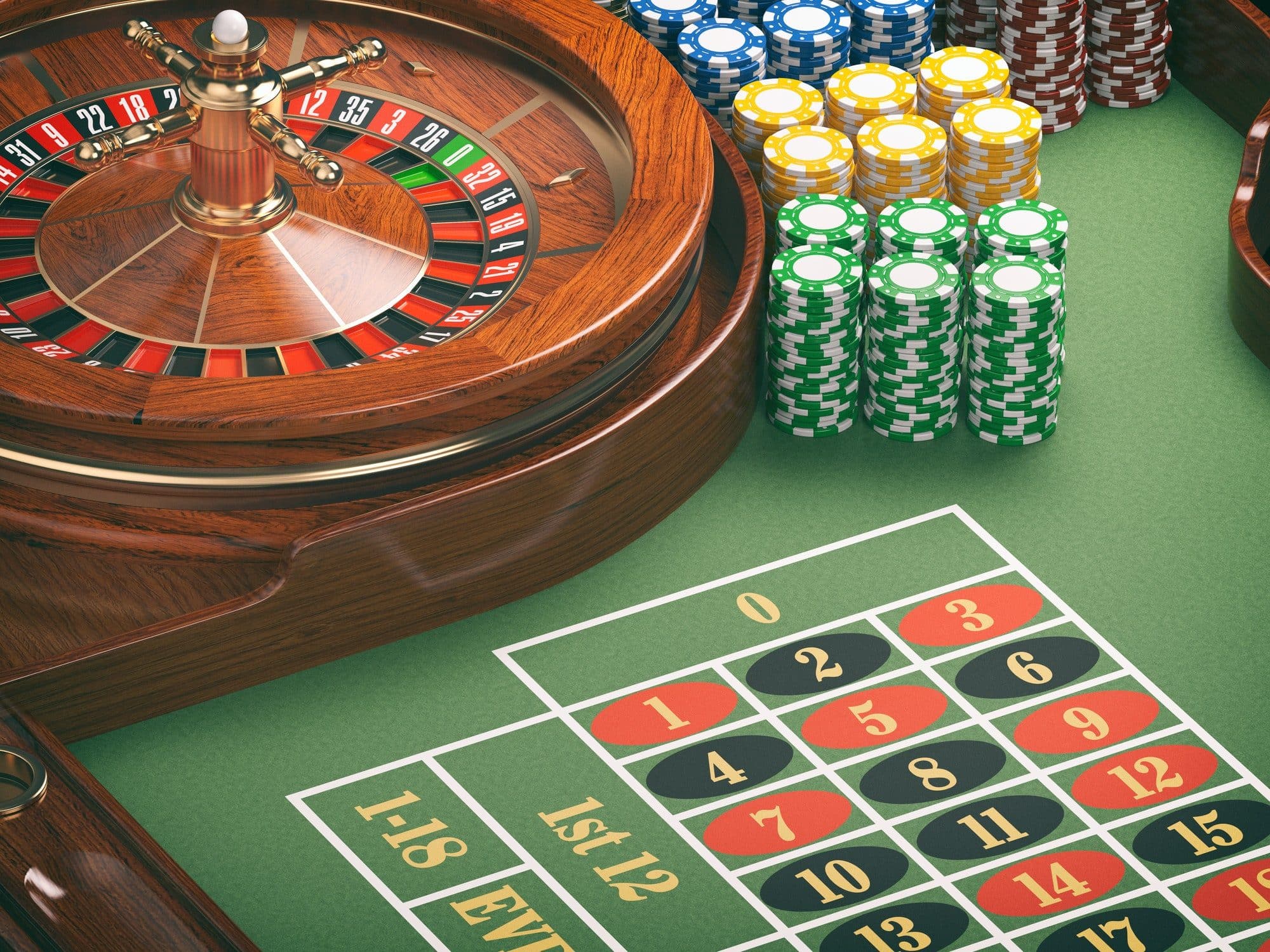
Within the world of casino games, very few abilities are as crucial and mysterious as the skill of deceit. Mastering the ability to convincingly depict a fabricated story can be the key between a modest win and a life-changing jackpot. Bluffing is not merely about trickery; it involves a profound understanding of people’s minds, strategy, and the interactions of the tables. No matter if you’re playing Texas Hold’ em, Omaha, or any number of other well-known variants, the subtleties of bluffing can elevate your game and keep your opponents guessing.
As players gather around the felt, the stakes escalate, and the tension thickens. It is within this charged atmosphere that the genuine mastery of bluffing becomes apparent. Knowing when to bait a trap, when to fold, and when to unleash a strategic bluff requires an keen awareness of not only your own hand but also the actions and habits of your opponents. In this journey of the art of bluffing, we will delve into techniques, psychological tactics, and the delicate interplay of risk and reward that characterize this fascinating aspect of casino games.
Comprehending Feigning Strategies
Deception is a crucial aspect of the game of poker that can turn the tide of a game in an eye blink. It entails persuading your rivals that you hold a more powerful set of cards than you actually do. The key to effective bluffing is in the discreetness of your actions. A properly performed bluff requires a thorough understanding of your rivals’ behaviors and the dynamics of the game environment. Knowing when to mislead entails analyzing the power of your hand and deciding if the risk is justified by the potential reward.
There are numerous techniques used by gamers to enhance their deceptive strategy. One popular method is the partial bluff, where a player stakes with a set that is not currently the highest but has the potential to strengthen. This approach allows players to build a pot while still keeping the option of a strong set in future plays. Additionally, the ancient adage "timeliness is critical" is accurate in the game. Deceiving at the correct times, such as when the board presents an unfavorable situation for your rivals, can make your deception considerably persuasive.
Interpreting your opponents is an crucial skill for any effective bluffer. non Gamstop casinos Look for behavioral patterns that suggest whether a player is self-assured or unsure. Small variations in posture, stake behaviors, and reaction times can provide valuable information. Additionally, comprehending the mindset of the game enables players to modify their strategies. A powerful bluff not only relies on the cards in hand but also on the overall narrative you create throughout the session, leading your opponents to challenge their own choices and conclusions.
Psychology Behind Deception
Bluffing in the game of poker is fundamentally rooted in the psychology of both the the bluffer and the rival. At the core, bluffing exploits the doubt and fear of loss that players feel. Effective bluffers recognize that their opponents are not just responding to the hand, but also to the assumed confidence and actions of their rival. By projecting strength through wager amounts and body language, a player can manipulate their opponents into folding stronger hands, capitalizing on the mental pressure created in the situation.
Emotional control is a crucial aspect of effective bluffing. Players must manage their own emotions while also interpreting the reactions of others. A good bluffer remains calm and collected, keeping away from any signs of anxiety or hesitation. This emotional stability helps to strengthen the story of strength they are trying to convey. Conversely, opponents who sense fear or uncertainty are more likely to challenge a bluff. Therefore, the capacity to maintain composure under pressure is a crucial psychological skill for any effective poker player.
Understanding the mental state of the opponent is equally important in the craft of bluffing. Each player brings their own set of beliefs, biases, and backgrounds to the table, which can influence their decisions. A keen observer will assess their opponents’ playing styles and tendencies, making educated guesses about how they might respond to a bluff. By adjusting their strategy based on these insights, bluffers can improve their effectiveness and increase the likelihood of realizing their intended outcome, highlighting the idea that effective poker is as much about the mind as it is about cards.
Examples of Successful Bluffs
An iconic of the most famous bluffs in poker history occurred during the 1999 World Series of Poker final table involving the legendary Phil Ivey. Confronting a formidable opponent, Ivey found himself holding an unimpressive hand while his rival appeared to have a strong set. With calculated confidence, Ivey pushed all his chips into the pot, a move that created shockwaves through the table. His opponent, overwhelmed by the pressure of Ivey’s reputation and the sheer force of the bet, ultimately folded, allowing Ivey to win the pot without revealing his cards. This moment demonstrates how a well-timed bluff can leverage mental pressure to achieve victory.
A further example occurred at the 2003 World Series of Poker, where amateur player Chris Moneymaker caused a fold from professional player Sam Farha. Moneymaker held a weak hand yet skillfully portrayed strength, culminating in a large bet on the river that had Farha doubting his own holding. The tension at the table escalated as Moneymaker maintained a calm demeanor, leading Farha to critically evaluate the situation before choosing to fold a superior hand. This pivotal bluff not only marked Moneymaker’s rise to fame but also showed how even outsmart seasoned professionals with the right mix of nerve and timing.
In conclusion, one of the most effective bluffs in tournament history can be credited to Gus Hansen during the 2007 Aussie Millions Poker Championship. Hansen played aggressively, often using his reputation as a wild player to instill doubt in his opponents’ minds. During a key hand, he found himself with a low pair against an opponent who had shown previous strength. By placing a massive bet that signaled a strong hand, Hansen forced his opponent into a tough decision. After a lengthy deliberation, his rival folded, and Hansen revealed his weaker cards, demonstrating how a blend of reputation and strategic bluffing can turn the tide in critical situations.
